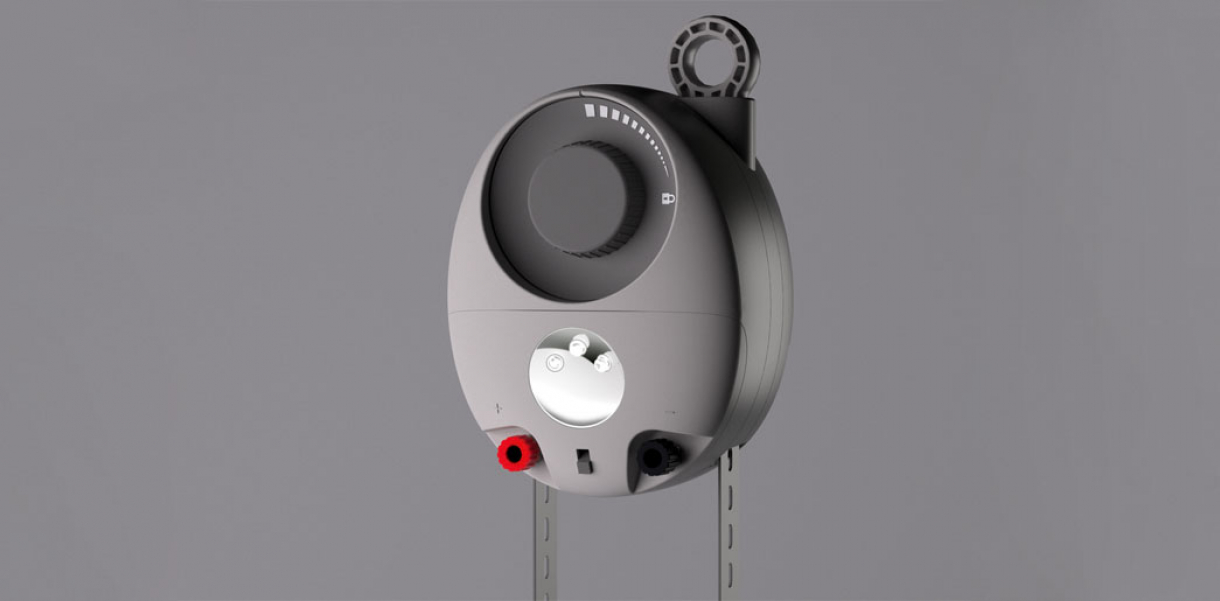Though the notoriously poor air quality of Beijing is hardly a secret, Chinese government officials recently - and controversially - censored several foreign embassies for making such information available to the public online. But seeing as necessity is the mother of invention, FLOAT Beijing now allows the city's citizens to take matters in to their own hands by monitoring their local aerial environment themselves, using flying kites equipped with air quality sensors.
China’s rapid industrialization, high rates of car ownership, dependency on coal power and lax attitude towards environmental regulations have made Beijing one of the world’s most notoriously polluted cities. Several times this year, the air quality has gone 30 times over the World Health Organization's recommended maximum level. The US embassy’s air quality index rates air quality above 150 to be unhealthy, with the chart ending at 500. Beijing’s air came in with a reading hovering over 500 for several consecutive days.
Due to the horrific air quality, residents of the Chinese capital often have to remain imprisoned indoors for fear of respiratory illnesses. The citizens have expressed anger about the increasingly toxic environment and the lack of transparency for their own safety, but thanks to some flying kites, their voices can finally be heard.
The project was launched in 2012 by students Xiaowei Wang, from the Harvard Graduate School of Design, and Deren Guler from Carnegie Mellon. Combining technology, design, environmental activism and the local tradition of kite-flying, the two young designers created FLOAT Beijing, a project that uses kites equipped with air quality sensors that allows citizens to get active in monitoring their local aerial environment.
Using a combination of DIY electronics workshops and group kite-flights, residents became actively engaged in the process of air quality monitoring. The modules use Arduino and are relatively easy to put together: the LEDs on the hand-built kites are programmed to indicate air quality with different colors; green being the best and pink being the worst. Data is interactively mapped in real-time using geolocation; the idea is to light up the sky with a squad of sensor kites that will give a general sense of how good or bad the air pollution is -- and to collect and parse the data in one place.
Through the playful act of kite flying, FLOAT_Beijing has empowered hundreds of Chinese citizens to take action and protest current air quality standards, leading to people-driven policies for healthier lives.
FLOAT modules are designed to be cheap, open source, accessible and reconfigurable without prior electronics knowledge. Residents challenge the invisibility of official data by flying their air quality-sensing kites in highly visible public spaces. Kites have a strong cultural history in China, which draws in diverse users connecting them to new technologies.
"The idea is to give people the tools for knowledge", says Guler. "It’s citizen-science - that’s the main goal. We’re trying to interact with people on the street and see what they’re trying to do with the information they see. "
It's a brilliantly simple idea that bypasses short-sighted, bureaucratic rigidity and empowers local residents. And it has already made quite the impact; the popularity of FLOAT Beijing, alongside the worsening air pollution in Beijing put pressure on the Chinese government to report the PM2.5 readings. Four months after the launch of the project, the government started to release this information, with plans to lower pollution levels by 2016. Many community groups have contacted the inspiring designers in order to replicate the project. There are currently groups in Poland, India, Hungary and the U.S. investigating how to bring FLOAT into their local community.






